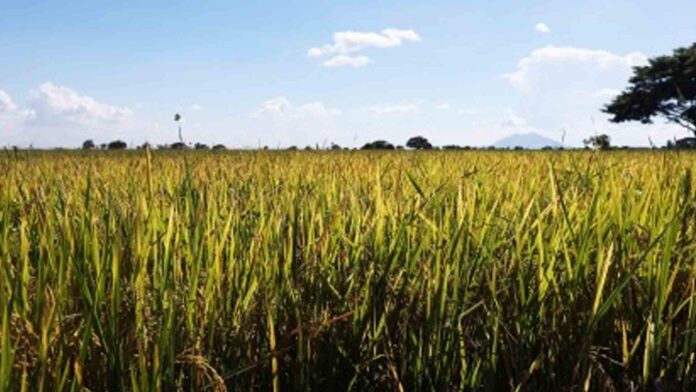Farmers who are agrarian reform beneficiaries in Camalig, Albay have noted higher palay yields of up to 120 cavans from only 60 per hectare.
This, after the completion of the PHP11.6-million Manawan Communal Irrigation System (CIS) that irrigates over 60 hectares of rice land in the villages of Manawan and Quinartilan.
In an interview on Friday, Gerard Buensalida, Department of Agrarian Reform (DAR)-Bicol spokesperson, said the CIS, with its concreted 2.8-kilometer line canals, is now providing a steady supply of irrigation water from the Malobago River in Guinobatan town to Camalig.
“The farmers here could now expect continued higher farm yields and overshoot their previous average yield of 60 cavans per hectare per cropping season to 120 cavans per hectare,” he said.
Meanwhile, DAR-Bicol Regional Director Rodrigo Realubit said in a statement, irrigation is now allowing some 211 farmers who are agrarian reform beneficiaries and other palay planters to make more cropping per year.
Farmers in the barangays used to cultivate palay only twice a year. Rice fields were irrigated from improvised earth canals with limited areas being reached by water.
Rio Olavario, who farms a 1.5-hectare rice field in Barangay Manawan, said: “Our situation was difficult at that time since I was only producing 15 to 20 cavans per hectare every harvest. Due to a shortage of water, I can only plant once or twice each year.”
Olavario added that with the new irrigation canals, wider tracks of riceland can now be reached by sufficient water, thus giving them hope to make up for their losses in the past years.
Dante O. Nuñez, president of the Manawan Irrigators’ Association, also said: “This time, farmers here could now maximize their production, particularly in rice fields previously not available to irrigation water, paving the way to increasing their farm incomes”.
“I have already harvested up to 100 cavans from my one-hectare farm, which is double compared to my previous harvests,” he said.
Buensalida said the National Irrigation Administration undertook the rehabilitation works of the Manawan CIS under the support services component of the Comprehensive Agrarian Reform Program (CARP).
“The project is designed to provide agrarian reform farming communities with infrastructure facilities to boost the agricultural production and income of agrarian reform beneficiaries,” he added. (PNA)






